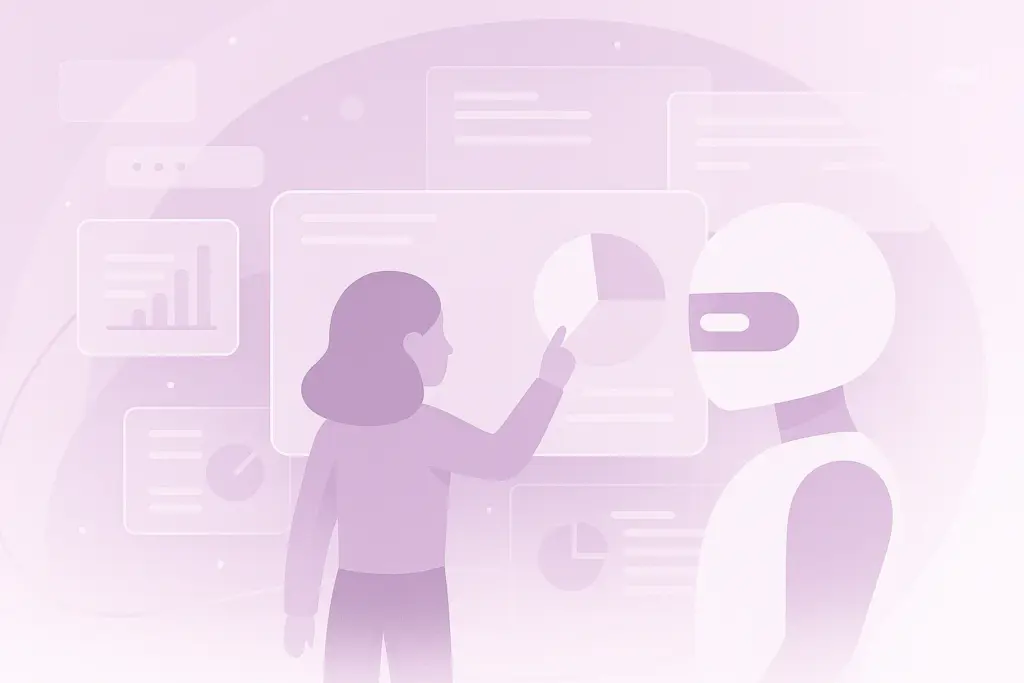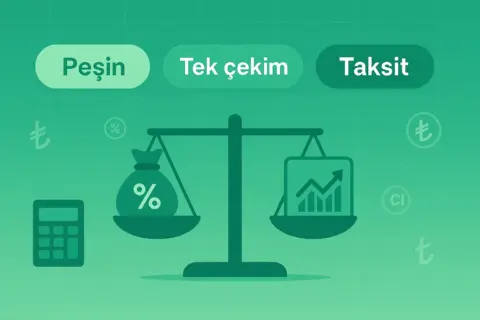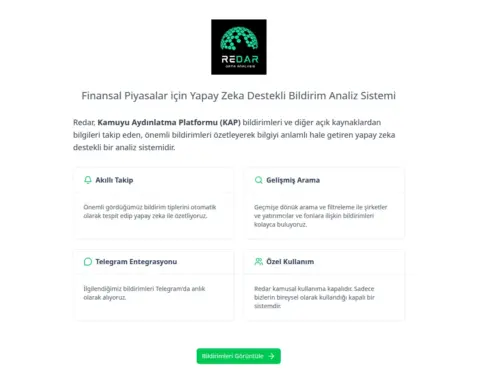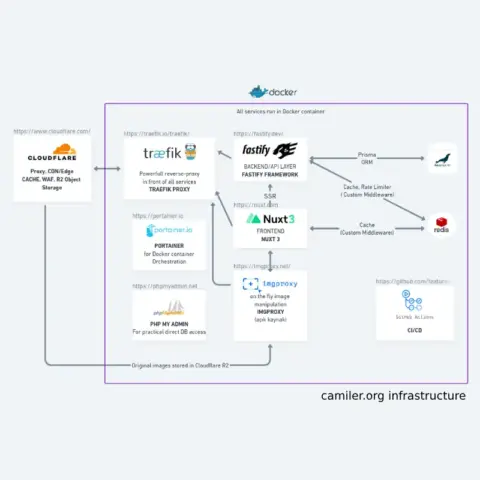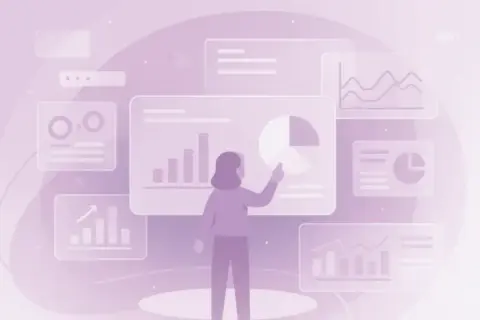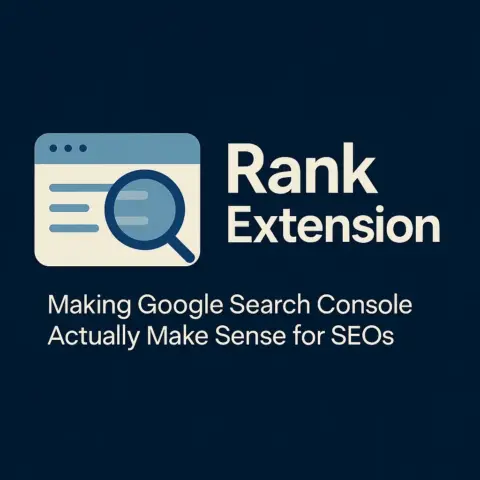Medical tourism—especially in areas like plastic surgery and minimally invasive procedures—is growing rapidly each year. As the CTO of a hospital at the center of this growth, I’ve seen firsthand how essential digital communication has become.
Most of our patients come from abroad, and their first interaction with us almost always happens through digital channels.
We receive inquiries from dozens of countries and time zones, at every hour of the day. That alone makes timing critical. If you don’t respond quickly, the patient often doesn’t return. Even a short delay of a few hours can mean the opportunity is lost for good.
That reality is what pushed us toward building a chatbot system. We had to move quickly, and our goal was clear: respond faster and improve conversion rates.
But the project quickly grew beyond that. It became more than just a technical system—it started changing our internal processes and how we work together as a team.
For the past year, we’ve been running a live chatbot system at Vanity Cosmetic Surgery Hospital. Internally, we call it VaniBot—but it’s far from a typical chatbot.
This isn’t about answering “Where’s my order?” or “Do you have this product?” We’re working in an industry where people make life-changing decisions, like undergoing surgery. That means our bot needs to do much more than just respond to FAQs—it needs to build trust, collect sensitive medical information, guide decision-making, and know when to hand over to a human expert.
In this article, I won’t focus on what the bot does, but on what we’ve learned while building and running it. If you’re working on a similar project, I hope this helps.
💡 Key Lessons from the Process
1. It’s Not a “Set It and Forget It” Project
A chatbot isn’t something you build once and move on. It needs constant monitoring: performance metrics, conversion rates, and actual user interactions must be reviewed regularly. And improvements must be continuous.
Also: it’s not just the IT team’s responsibility. Anyone whose job is being supported or partially replaced by the bot needs to be involved.
2. Bots Don’t Replace People—They Support Them
No one lost their job because of VaniBot. On the contrary, it removed repetitive, low-value tasks and freed up staff to focus on more complex, meaningful work.
It’s like every team member suddenly gained a digital assistant. Honestly, if we shut down the bots today, there’d be chaos.
3. The Real Cost Isn’t Just Money
The most common misconception: “We’ll pay a vendor 5K a month and it’ll all be handled.”
The reality? To build something that actually works, you need:
- Real focus from your team
- Collaboration across departments
- A strong IT infrastructure
- Ongoing support and ownership
- And even if you work with a vendor, a partner who shares your goals and long-term mindset
Otherwise, you’ll burn both your money and your expectations.
4. Multichannel Integration Is the Toughest Part
Integrating a bot into your website? Easy. Making it work across platforms like WhatsApp and Instagram? That’s where the real complexity and instability begin.
5. Having a Solid Internal API Layer Helped a Lot
We already had well-working internal endpoints for our CRM and medical systems. That meant we didn’t need to reinvent infrastructure—we could focus purely on the bot’s logic and conversation design, which saved time and complexity.
6. LLMs: Open Source vs. Hosted Service?
We did consider using an open source LLM, and I ran some small tests myself. But ultimately, we didn’t go that route for this project.
Our assessment was simple:
- For this level of sophistication—empathy, contextual awareness, trust-building—open source models still fall short.
- And hosting your own model comes with its own load: GPUs, performance, uptime, scaling, logging…
- With OpenAI, we offloaded all of that. Outside of 1–2 global outages, we’ve had zero issues. It’s been rock-solid.
If your use case is simpler, or you have strict data constraints, open source may still be worth exploring. But for us, reliability was as important as intelligence.
🧪 Smart Bots and Assisted Conversion
Some of our bots are currently being tested with a small group of leads to guide them deeper into the decision-making process—even toward conversion.
That said, this is still experimental. Our goal isn’t to build bots that sell to everyone. It’s to develop systems that understand when to inform, when to engage, and when to step aside for a human.
🤖 Final Thoughts
From the outside, building a chatbot might seem like just another software project. But what we actually built was something far more impactful.
Here’s what we took away from the journey:
- A good chatbot is the product of the entire organization, not just the tech team.
- Success lies in simple logic + strong integration + a culture of continuous improvement.
- Bots don’t replace people—they amplify them.
- Without the right backend systems, even the smartest bot can’t deliver.
- And yes, in the right context, bots can move conversations forward—even toward high-stakes decisions. But only if they know when and how.
We didn’t just build a bot. We built a digital system that learns, adapts, collaborates—and in many ways, became part of the team.
